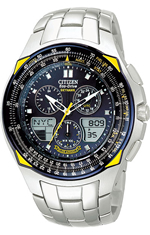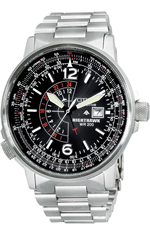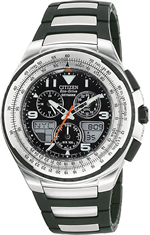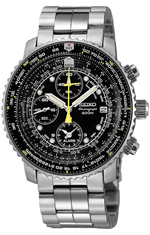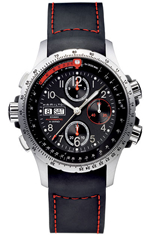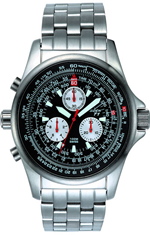
 |

THE BELOW LINKS CONTAIN DETAILED AIRLINE, MILITARY JETS, TEST AIRCRAFT, AIRPLANE FACT SHEETS AND AEROSPACE INFORMATION
THE BELOW LINKS CONTAIN AVIATION, MILITARY, AIRCRAFT VIDEOS, PICTURES, FACTS, INFORMATION, AUDIO, HISTORY, MOVIES AND PHOTOS

THE BELOW LINKS CONTAIN FLIGHT TRACKING, AIRPORT INFO, AVIATION PIONEERS, USAF REFERENCES, NTSB FACTS AND AVIATION WEATHER
THE BELOW LINKS CONTAIN INFORMATION ON AIRLINES IN CURRENT SERVICE TODAY AND ALSO BANKRUPT US AIRLINE COMPANIES (DEFUNCT)
NORTH AMERICAN AEROSPACE DEFENSE COMMAND (NORAD) FACTS, HISTORY AND PICTURES
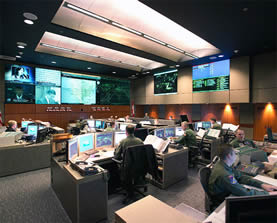 |
 |
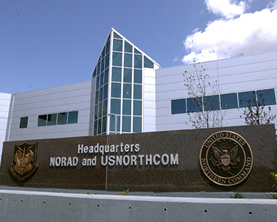 |
THE HISTORY, FORMATION AND LOCATION OF NORAD
|
 |
Even though all equipment in Cheyenne Mountain was put through a rigorous inspection, on at least two occasions, failure in its systems could have potentially caused nuclear war. On November 9, 1979, a technician in NORAD loaded a test tape but failed to switch the system status to "test," causing a stream of constant false warnings to spread to two "continuity of government" bunkers as well as command posts worldwide. A similar incident occurred on June 2, 1980, when a computer communications device failure caused warning messages to sporadically flash in U.S. Air Force command posts around the world that a nuclear attack was taking place. Both times, Pacific Air Forces properly had their planes (loaded with nuclear bombs) in the air; Strategic Air Command did not and took criticism because they did not follow procedure, even though the SAC command knew these were almost certainly false alarms (as did PAC). Both command posts had recently begun receiving and processing direct reports from the various radar, satellite, and other missile attack detection systems, and those direct reports simply didn't match anything about the erroneous data received from NORAD.
Post-Cold War
At the end of the Cold War NORAD reassessed its mission. To avoid cutbacks, from 1989 NORAD operations expanded to cover counter-drug operations, especially the tracking of small aircraft. But the DEW line sites were still replaced, in a scaled-back fashion by the North Warning System radars between 1986 and 1995. The Cheyenne Mountain site was also upgraded. However, none of the proposed OTH-B radars are currently in operation.
Post-September 11, 2001 attacks
After the September 11, 2001 attacks, NORAD was criticized for its inability to mount an effective and timely interception of the four rogue jetliners. In response, their mission evolved to include monitoring of all aircraft flying in the interior of the United States. NORAD oversees Operation Noble Eagle using fighter aircraft Combat Air Patrols (CAP) under command of First Air Force and Airborne Warning and Control System (AWACS) E-3 Sentry aircraft under command of the 552nd Air Control Wing. At U.S. request, NATO deployed five of its NATO AWACS aircraft to the U.S. to help NORAD in the aftermath of the September 11 attacks.
On July 28, 2006, military officials announced that NORAD's day-to-day operations would be consolidated, for purposes of efficiency, in an ordinary building at Peterson Air Force Base in nearby Colorado Springs. The mountain will be kept only as a backup in "warm standby," though fully operational and staffed with support personnel should the need arise. NORAD officials stated that the same surveillance work can be continued without the security the facility provides. They emphasized that they are no longer concerned about a halt to their operations from an intercontinental nuclear attack.
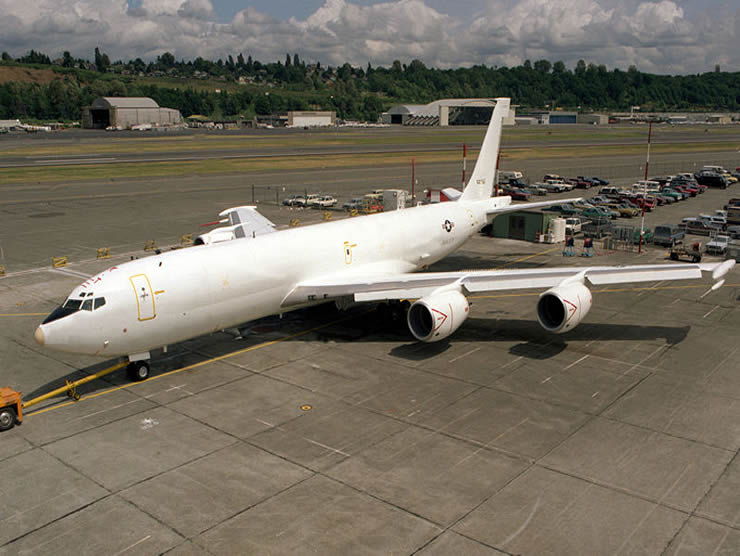 Navy Boeing E-6 Mercury Flying NORAD Headquarters - Used if the main NORAD is Destroyed Navy Boeing E-6 Mercury Flying NORAD Headquarters - Used if the main NORAD is Destroyed |
Pilot Watches and Aviation Watches: You're in Command
Military watches are dependable watches. Many come with end-of-battery-life warnings, so you know your watch won't suddenly fail you when you might need your watch the most. Have you ever had a watch break easily? The military knows how rough life can be on a watch, and many military watches have additional features to protect the watch and to enhance the durability of the watch, like unidirectional ratcheting bezels, crown protectors, scratch-resistant crystals, screw down case backs, and safety clasps on the bracelets and bands of the watch. Even a single second can be crucially important in aviation; a pilot has no room for error when it comes to time, and that's why pilots use the best of aviation watches. In today's fast-paced world, watches of extreme accuracy and quality are needed in many fields. Pilot watches and aviation watches often come loaded with gizmos like tachymeters, unit conversion slide rules, chronographs (some with hands measuring down to a tenth of a second!), and other features critical to pilot watches, like anti-reflective crystals and non-radioactive luminescence. |
© AviationExplorer.com - The Website For Aviation Enthusiasts |

